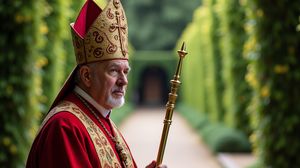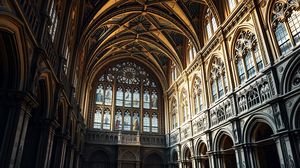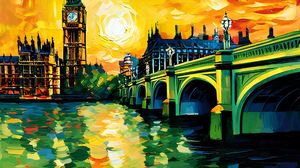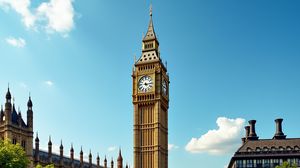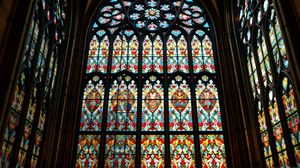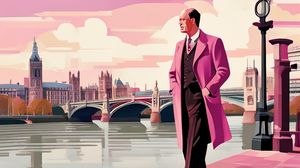
Lambeth Bridge is an iconic road bridge that crosses the River Thames in central London, connecting the districts of Westminster on the north bank and Lambeth on the south bank. The bridge offers pedestrians and drivers alike splendid views of the neighboring landmarks such as the Houses of Parliament and the London Eye, making it a favored crossing for workday commuters and tourists exploring the heart of the city.
The current Lambeth Bridge was opened in 1932 and is renowned for its distinctive red paint which symbolizes the seats in the House of Lords, just as Westminster Bridge's green reflects the House of Commons. While its vibrant red hue sets it apart, the bridge is a crucial transport link with a rich legislative history intertwined with its architectural identity.
One intriguing aspect of Lambeth Bridge is its location, falling on an ancient historical site where multiple crossings have existed before, with records dating back to 1862 when the first bridge, a suspension structure, stood. This continuity of a Thames crossing at Lambeth mirrors London's evolution as a city persistently innovating and developing through the centuries.
The bridge's architecture includes granite obelisks situated at each corner, surmounted by stone pineapples, a distinctive design choice that often intrigues visitors. It is said that these pineapples are a nod to John Tradescant the younger, who introduced the fruit to England, and who is buried a stone's throw away in the area.
Lambeth Bridge is as much a cinematic star as it is a traffic conductor, offering its backdrop to numerous films and television shows over the decades, contributing to London's cinematic allure. Its strategic location and aesthetic appeal make it an irresistible filming location for producers seeking the essence of London.
From April to October, the river banks near Lambeth Bridge transform into a haven for GCSE Art students who flock here to capture its rhythm and hues on canvas, illustrating the bridge's influence as an emblem of London in both the flesh and artistic realms.

Making the Most of Your Visit:
Check out the bridge's red color scheme; it's not just for decoration. Many don't realize it matches the seats in the House of Lords, unlike the green of Westminster Bridge, which matches the Commons.
For a quirky photo spot, stand near the stone pineapples at each corner of the bridge. They're a nod to John Tradescant the younger, and they're unique to Lambeth Bridge.
If you're a film buff, Lambeth Bridge might look familiar. It's been featured in numerous movies and TV shows, so it can be a fun game to spot where you might have seen it on the screen before.
Visit in the early morning or late afternoon to enjoy the light reflecting beautifully on the Thames and surrounding landmarks. It's a calmer time to appreciate the views without the bustling daytime traffic.
If you're an art enthusiast, bring along a sketchpad or camera. From April to October, you'll find plenty of inspiration with the bridge's vibrant colors and interesting angles, and you might bump into art students capturing the scene as well.

Visiting Times & Costs:
Lambeth Bridge is open to the public 24 hours a day, seven days a week. There is no entrance fee to cross the bridge or to access the views it provides. As a public road and pedestrian pathway, it is freely accessible at all times.
Although the bridge does not have any specific accessibility features such as elevators or ramps specifically for disabled access, it does accommodate pedestrians with sidewalks on both sides. However, visitors with mobility issues may want to plan accordingly as the streets leading to the bridge may vary in their level of accessibility depending on recent city maintenance or construction activities in the area.

Address & Map:

Nearby:



